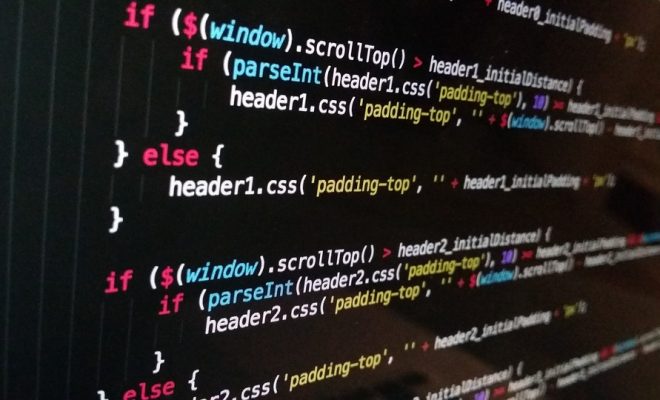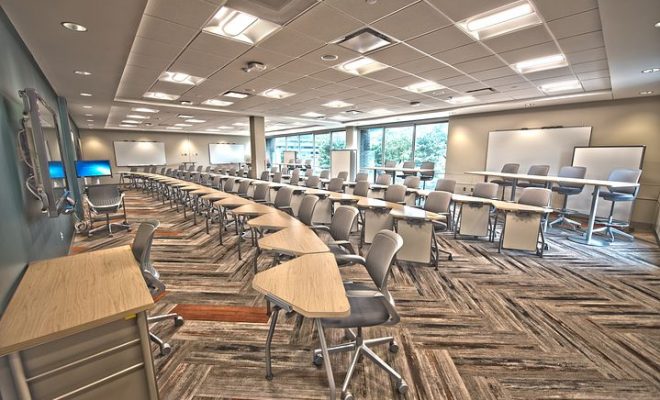Buses with Broadband: The Key to Expanding Internet Access

While flipped classrooms and iPads for every student are fantastic ideas to increase educational opportunities, implementing these ideas in rural and low-income school districts presents challenges. Students in rural areas often do not have access to the internet because there are not adequate service providers. Even if there are internet service options available, low-income families cannot afford to pay for this access.
An innovative solution to these problems is to use school busses as Wi-Fi hotspots.
Coachella Valley Unified School District in California is an example of a school that is both rural and low-income. In fact, it is the second poorest school district in the United States. The superintendent at Coachella came up with an innovative idea to use the school busses to provide internet access to students. During evenings and weekends, each bus is parked in a strategic location throughout the district to serve as Wi-Fi hotspots. This allowed for the district’s teachers to utilize educational methods like the flipped classroom. Students can now work on projects from home without having to travel long distances to a library to get internet access.
The district makes this internet access possible by using sophisticated routers and solar panels. Although this solution was not cheap, the superintendent says it was well worth the money and the effort. Parents and students agree!
In other districts, buses with internet access are being used to help with another obstacle to educational opportunities. This would be extraordinarily long bus rides. School Transportation News reports that some students spend over 90 minutes on the bus. That is just a one-way trip! This means that some students spend 3 hours a day on the bus. Rather than just letting students use this time to get into mischief, Miami-Dade school district decided to find a better way to use this time. Students who ride on school buses with Wi-Fi capabilities can use this time to work on homework. This technology extends the school day for these students. When students finally arrive home, they can use their time to play, relax and spend time with family rather than on homework.
Kajeet is one company that is providing Wi-Fi enabled buses. The company concedes that students can definitely “burn through data” and become distracted if proper filters are not in place. This company recommends that administrators review reports on data usage to determine where to tighten internet filters. This allows students to have access to what they need, while the things that could distract them from their work are restricted. Radio Engineering Industries is another company that is adding school bus Wi-Fi capabilities to their list of services. Since REI has been providing electronics, such as cameras and PA systems, to school buses for over twenty-five years, Wi-Fi routers seem like a good fit.
As the need for student connectivity grows, school administrators will need to get creative in how they provide students with internet access. Utilizing school buses for more than just transportation needs is an innovative way to give students with yet another tool to help them get the best education possible. If school administrators are willing to put in the time, effort and resources to make these types of projects a reality for their districts their students will reap the benefits.





